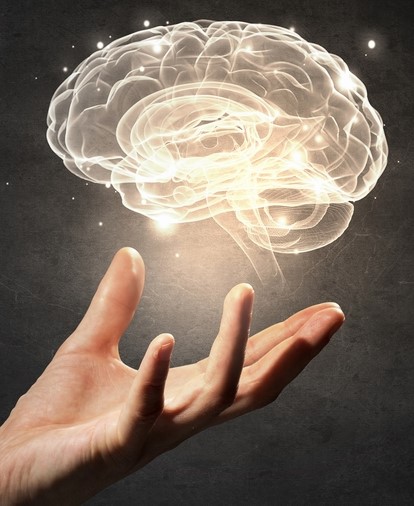Our brain loves to learn, discover new things and have fun! But it is also very clever when it comes to its comfort zone. And so it often remains with wanting and dreaming…
I am a really good swimmer and I really enjoy it! Until one day I decided to start crawling. My motivation and my will were great – in my mind’s eye I could already see myself swimming my lanes elegantly and smoothly.
The swimming coach had only 2×2 hours time. No problem, it can’t be that hard. Thought. I realized what unconscious incompetence means. When you watch others, it looks easy. When you try it yourself, you have the feeling that your body does not obey your brain. This is then the conscious incompetence.
That was the first moment to give up. Screw it, breaststroke is okay too.
If there is no motivator at that moment to keep you going, that’s it for the new endeavor. This can be another person, but it’s better to have an inner motivator that you’ve already “set up” for the eventuality.
Thanks to my strong inner motivator I continued. And it got tough, really tough. Practicing movements. Over and over again. I entered the phase of conscious competence. My brain already knew exactly how to do it theoretically, but my body could only implement it step by step.
In this phase it needs patience and again a motivator that one brings up just this patience. Again, the best thing to do was to “get it right” beforehand.
Then came the success. The first time crawling two lanes and feeling the propulsion as you glide through the water. Without thinking about how to do it. I had arrived at unconscious competence.
Learning new things is actually fun for our brains, at least for the hippocampus – a part of our brain. The hippocampus jumps on quickly, but also shuts down quickly.
Another part of our brain, the basal ganglia, on the other hand, advocates more routine, which saves the brain a lot of energy. Plus, there’s no risk of failure. And our basal ganglia are extremely powerful.
To sustainably fire our hippocampus and teach the basal ganglia new routines, we need a “brain-friendly strategy”. We can try out together how this works.


Recent Comments